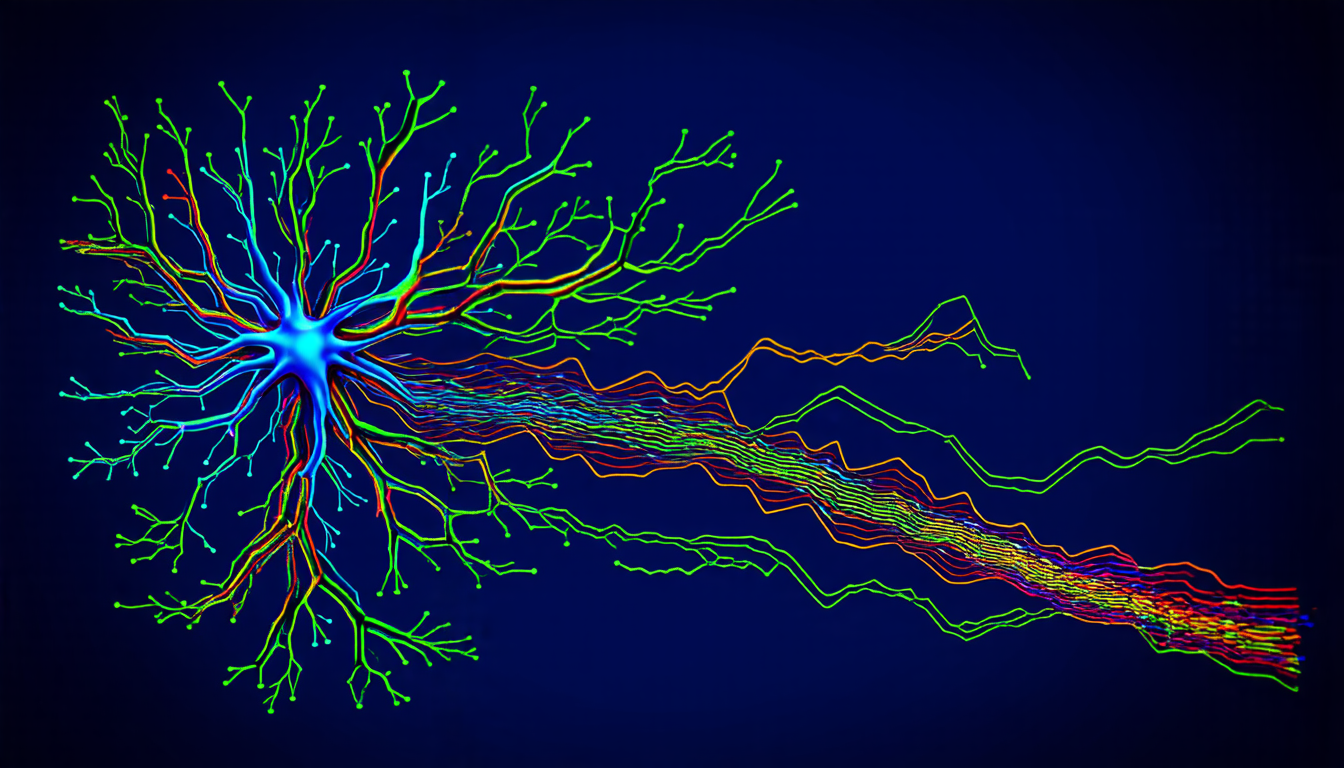Monday 31 March 2025
Scientists have long been fascinated by the phenomenon of stochastic resonance, where a small signal can be amplified by adding noise to a system. In recent years, researchers have made significant progress in understanding this process and its applications. A new study has shed light on the role of noise color in stochastic resonance, providing valuable insights into how it affects the amplification of signals.
The concept of stochastic resonance was first proposed in the 1980s by physicists R. Benzi, A. Sutera, and A. Vulpiani. They discovered that adding noise to a system can enhance its sensitivity to weak stimuli, allowing small signals to be amplified. Since then, researchers have explored various aspects of stochastic resonance, from its theoretical foundations to its applications in fields such as neuroscience and climate science.
One key aspect of stochastic resonance is the role of noise color. Noise color refers to the distribution of frequencies that make up the noise signal. In previous studies, researchers have primarily focused on white noise, which contains all frequencies equally. However, natural systems often encounter colored noise, where certain frequencies are more prominent than others.
A recent study published in a scientific journal has investigated the effects of colored noise on stochastic resonance in bistable systems. Bistable systems are characterized by two stable states and exhibit complex behavior when driven by external stimuli. The researchers used mathematical models to simulate the behavior of these systems under different types of noise, including white noise and colored noise.
The study found that the color of the noise has a significant impact on the amplification of signals in bistable systems. When the system is driven by white noise, the signal amplification is uniform across all frequencies. However, when the system is driven by colored noise, the amplification is frequency-dependent. The researchers discovered that certain frequencies are more sensitive to the noise color than others.
The findings of this study have important implications for our understanding of stochastic resonance and its applications. For example, in neuroscience, colored noise could be used to enhance signal transmission in neural networks. In climate science, it could help improve models of complex weather patterns.
Moreover, the study highlights the importance of considering the color of noise when studying stochastic resonance. By taking into account the distribution of frequencies that make up the noise signal, researchers can gain a better understanding of how noise affects the amplification of signals.
In summary, the role of noise color in stochastic resonance has been an area of intense research in recent years.
Cite this article: “Coloring the Noise: A Study on the Impact of Noise Color on Stochastic Resonance”, The Science Archive, 2025.
Stochastic Resonance, Noise Color, Bistable Systems, Signal Amplification, White Noise, Colored Noise, Frequency-Dependent, Neural Networks, Climate Science, Noise Distribution







